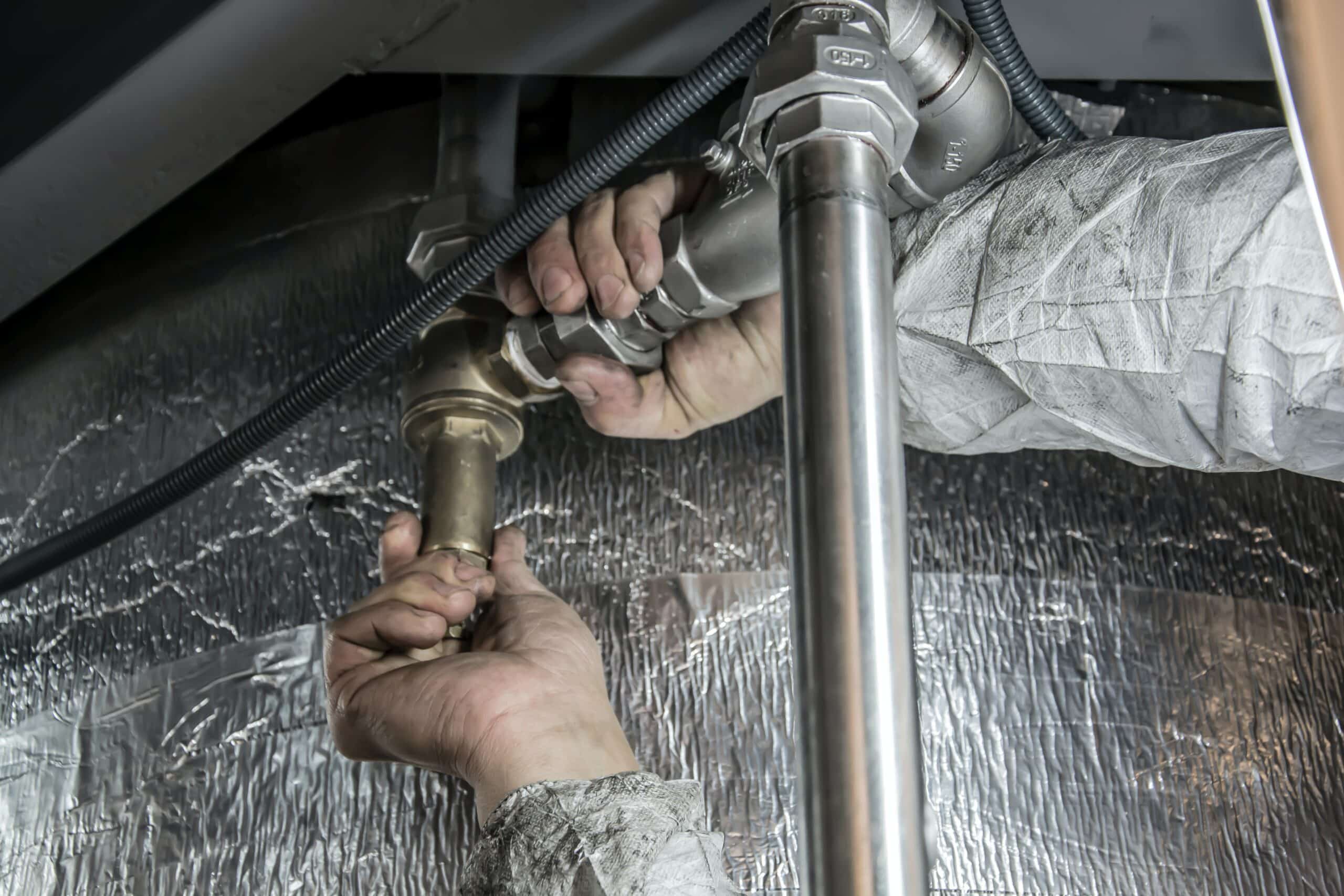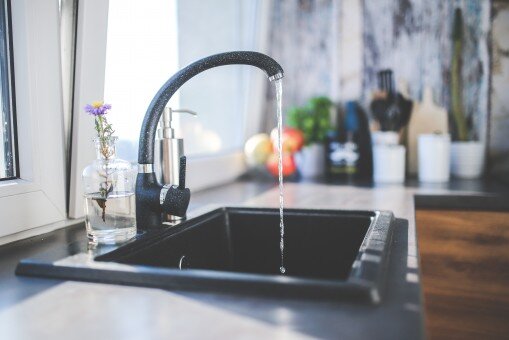Revealing the Upcoming Phase of Plumbing: Patterns and Innovations
Revealing the Upcoming Phase of Plumbing: Patterns and Innovations
Blog Article
We have uncovered this great article involving 7 Plumbing Industry Trends You Need To Know down the page on the web and reckoned it made sense to discuss it with you in this article.

Intro
The plumbing industry is going through a transformative phase driven by technical advancements and expanding issues for sustainability and efficiency. This post explores emerging trends and innovations forming the future of pipes.
Regulatory Landscape
Governing structures play an essential role in shaping the fostering of pipes advancements, with requirements and codes governing whatever from water performance to product safety. As technologies remain to advance, governing bodies have to adjust to make sure consumer protection and ecological stewardship.
Future Overview
The future of pipes is defined by continued innovation and combination with various other sectors such as IoT, renewable energy, and structure automation. By accepting sustainable methods, leveraging arising innovations, and prioritizing user-centric style, the pipes sector is positioned to attend to the evolving needs of culture while minimizing its ecological impact.
Increased Reality in Pipes
Increased Truth (AR) technology is reinventing plumbing by giving technicians with real-time aesthetic assistance for fixing and repair tasks. AR-enabled clever glasses or mobile applications overlay digital details onto the physical atmosphere, assisting plumbers picture pipe layouts, identify hidden leaks, and implement repair work with accuracy.
Effect of 3D Printing
The introduction of 3D printing has actually introduced new possibilities in making plumbing elements. From custom-made fixtures to elaborate pipe installations, 3D printing allows for quick prototyping and on-demand manufacturing, lowering preparations and making it possible for better modification in plumbing layout.
Health and Safety Characteristics
In feedback to enhanced worries for health and wellness, pipes components are integrating functions such as antimicrobial surface areas, touchless operation, and self-cleaning devices. These advancements not just boost health yet additionally promote customer comfort and benefit.
Hygiene-focused Fixtures
Touchless taps, self-sanitizing commodes, and antimicrobial surfaces are becoming significantly common in property and commercial settings, reducing the threat of germ transmission and promoting a cleaner, much healthier environment.
Water Quality Tracking
Improvements in water top quality monitoring modern technologies enable homeowners to check the purity and safety and security of their water supply in real-time. Smart water quality sensors can discover pollutants, pH levels, and temperature variations, encouraging customers to take positive measures to make certain water safety.
Remote Plumbing Solutions
Remote diagnostics and online aid are changing the means plumbing solutions are provided. Through video clip conferencing and remote access technologies, plumbing professionals can troubleshoot issues, give support for do it yourself fixings, and also execute remote assessments, offering better accessibility and convenience to property owners.
Obstacles and Opportunities
While plumbing advancements hold immense assurance, they also present difficulties such as data personal privacy issues, governing conformity, and the need for labor force training. Resolving these challenges requires collaboration in between industry stakeholders and governing bodies to make sure safe and accountable application of new technologies.
Smart Plumbing Equipments
Incorporating smart modern technology right into pipes systems enables remote monitoring, leakage discovery, and automated upkeep. Smart sensing units and IoT (Web of Points) tools allow house owners and plumbing professionals to keep track of water usage and find problems in real-time, leading to more efficient source management and positive maintenance.
Water Effectiveness Solutions
With enhancing emphasis on water preservation, cutting-edge remedies are being established to reduce water waste in pipes systems. High-efficiency components, greywater recycling systems, and smart irrigation controllers are among the innovations helping consumers reduce their water footprint while preserving convenience and benefit.
Lasting Materials
The change towards sustainability extends to plumbing materials, with a growing choice for environmentally friendly alternatives. Naturally degradable piping materials, such as PEX (cross-linked polyethylene) and HDPE (high-density polyethylene), deal toughness and resistance to rust without compromising environmental integrity.
Anticipating Upkeep
Anticipating upkeep techniques take advantage of information analytics and machine learning formulas to anticipate and stop pipes issues before they happen. By evaluating historic data and performance metrics, anticipating upkeep formulas can identify patterns and abnormalities, making it possible for proactive treatments to stay clear of pricey repairs and disturbances.
Conclusion
To conclude, the future of pipes is defined by a merging of modern technology, sustainability, and user-centric style. By welcoming clever solutions, sustainable materials, and positive upkeep techniques, the pipes market can boost performance, advertise security, and contribute to a more lasting future.
Plumbing Industry Trends You Need To Know
Smart technology in plumbing
Homeowners want to be able to manage their homes from their phones. The technology exists to make that happen. From smart toilets to leak detector devices, the whole plumbing system can be managed on an interconnected network made up of sensors, IoT devices, and machine learning algorithms.
This allows for wireless control to turn appliances on and off, automate routines, and access advanced monitoring to track water usage and flag potential issues. Smart technology streamlines water consumption, maintenance and energy usage, creating a more efficient system.
Green plumbing
The data analysis possible with smart technology not only improves convenience and cost-effectiveness but also fulfills a high-priority customer desire – sustainability. Consumers are very aware of their impact on the planet and want plumbing solutions to reduce damage and support sustainability. Eco-friendly plumbing solutions are already starting to emerge.
Customers can opt for low-flow toilets, water-saving faucets, and connections to sustainable energy sources. Beyond monitoring water consumption, customers can conserve water through the installation of greywater systems. This is a system that collects water that has been used but is still clean enough for some household uses such as toilet flushing.
Shorter product pipeline
To keep up with modern plumbing, plumbers need modern tools that enable them to complete jobs more efficiently. One technology making strides in this area is 3D printing. By 3D printing key plumbing fixtures, plumbers can reduce wait times even for specialized fixtures. It minimizes delays often seen in traditional manufacturing that frustrate customers and prevent plumbers from taking on more work.
Off-site repairs
Augmented reality is making a splash in many industries including plumbing. Plumbers can map a building online so they can explore the plumbing system through augmented reality, identifying areas of maintenance and repair completely digitally. This technology can be applied quite widely in plumbers’ work including planning installations and training new recruits. It’s safer, smarter and more efficient.
Low-footprint materials
Another way for plumbing companies to reduce their environmental footprint and meet the customer demand for sustainability is by using recycled materials in their work. The products they source and manufacture such as pipes, fixtures and faucets can be made from recycled materials. This saves the planet while being just as effective.
Onsite water purification
Additionally, plumbing companies can be advocates of water conservation and ease the financial and environmental concerns of customers by offering water purification systems. New water purification technology such as reverse osmosis systems and UV systems make it possible for homeowners and business owners to thoroughly cleanse water, removing contaminants onsite. This means the water can be safely reused in more ways than greywater can be, establishing a water recycling loop.
Tankless water heaters
Another innovation of modern plumbing is tankless water heaters. The idea is that the water is heated on demand as it runs through the system instead of being heated in a water tank. This is more energy efficient and therefore cost-effective and eco-friendly because water isn’t heated needlessly.

I stumbled upon that page on 7 Plumbing Industry Trends You Need To Know when scouting around the search engines. Liked our blog? Please share it. Let another person discover it. I take joy in reading our article about Innovative Plumbing Trends Transforming Construction.
Visit Link Report this page